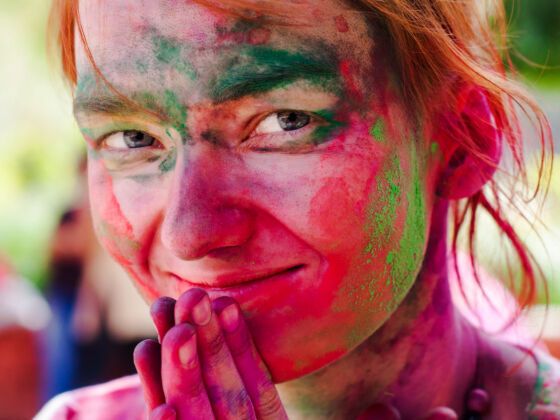India, as a travel destination, doesn’t have a great reputation. High-profile cases of rape and molestation have had travellers asking whether it’s really worth the hassle. Women travellers can be especially put off by all the advice and warnings available online, and may ultimately decide that as the world is so large, they’d rather go elsewhere.
India is not easy, it’s true. If your idea of perfect travel is pristine beach resorts and trouble-free relaxation, then India is probably not the place for you. But if you’re interested in the culture, cuisine, landscape, history, don’t mind roughing it a little, and are only being held back by safety concerns that come with being a woman, here are six reasons why you shouldn’t be afraid to travel to India.
